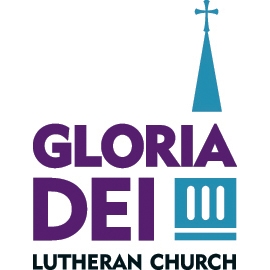
by Steven Peterson
I greatly enjoyed hearing a Native American perspective of Minnesota history as presented on the Sacred Sites Tour on October 6 and encourage others to consider this experience.
Our guides, Jim Bear, a Mohican, and Bob, a Dakota, had story-telling styles that made their information easy to listen to, even when the messages were not easy to hear. In response I spent the afternoon filled with emotion. I was sad, happy, angry, and proud. I laughed and cried.
New things I learned about Minnesota history from the Native American perspective of:
• The Dakota people consider the confluence of the Minnesota and Mississippi Rivers their “Garden of Eden”.
• Building Ft. Snelling and Minnesota’s first church at this confluence symbolized the dominance of the US government over the land, the people and their way of life.
• Many, if not most, of the treaties the Dakota signed with the U.S. government were broken. Money was not paid. Land where the Dakota could “live forever” was not opened for white settlers.
• American’s history was told in a linear fashion and locked in time. Dakota stories were locked in place and their history lives in the present.
• The 1862 Dakota War began in part because of the Dakota were not receiving their treaty promised money, stores ending credit and a long drought. Indian people were known to feed their children grass boiled in water.
• Post war, 2½ acres at Ft. Snelling was used to imprison 1700 old men, women & children until they were sent to Nebraska and other areas. A monument now stands on that site.
• Of the 300 Dakota men sentenced to be hanged after the war, President Lincoln pardoned all but 38. It is still the largest single execution in US history.
• Pilot Knob Hill in Eagan was scared to the Dakota as a burial ground. In the 1920s, 30 vertical feet of the hill was removed for construction fill. The uncovered bones of the Dakota buried there were merely dumped into a “bone shed”.
• The Dakota people believe that all of God’s creation needs to be in total balance and harmony, one with another.
I thought how much that last message was needed in today’s world.
As we left to return to our homes, Jim Bear offered a prayer and we shared handshakes and hugs with one another. I felt blessed to hear Jim Bear and Bob’s presentation and to be surrounded by 32 people of GDLC who listened and learned with love and respect in their hearts.

